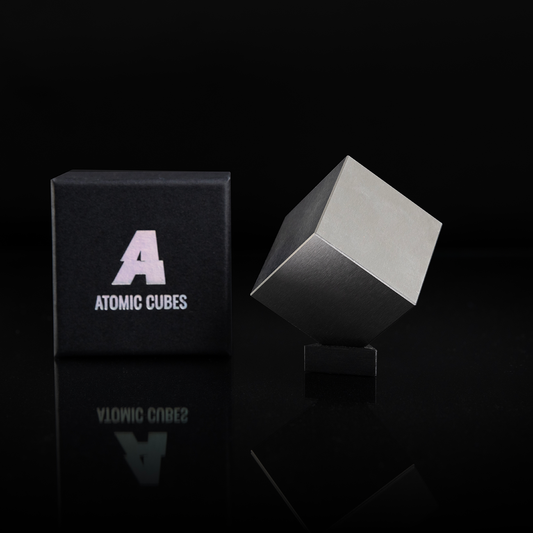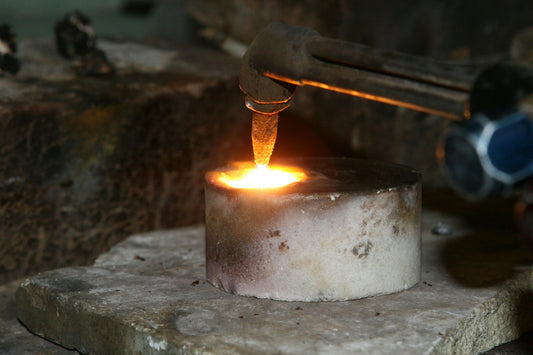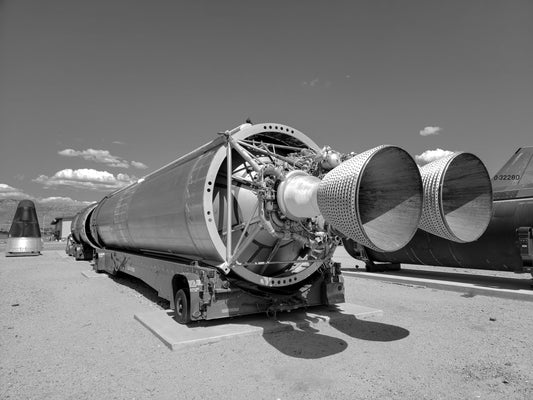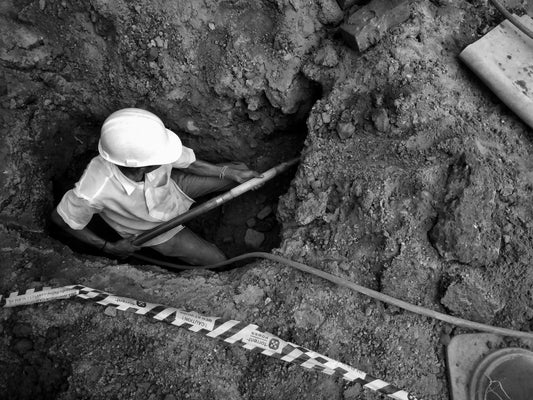The journey of tungsten is a fascinating story of scientific and technological progress. This blog will explore the discovery and evolution of tungsten, from its early days to its modern significance.
Discovery of Tungsten
Early Mentions and Etymology
The name "tungsten" comes from the Swedish words "tung sten," meaning "heavy stone." It's also known as "wolfram," named after the mineral wolframite.
The Scheele and Elhuyar Contributions
In 1781, Swedish chemist Carl Wilhelm Scheele discovered tungstic acid from a mineral called scheelite. In 1783, Spanish chemists Juan José and Fausto Elhuyar isolated tungsten from wolframite, marking the official discovery of how tungsten is made.

Image of scheelite ore, where tungstic acid was first derived from in 1783
Early Developments
19th Century Progress
In the 19th century, tungsten’s unique properties were recognized, but working with it was difficult due to its hardness and high melting point.
Tungsten in Alloys
Metallurgists discovered that adding tungsten to steel made the steel much harder and more heat-resistant. This led to significant improvements in the tool-making industry.

Image of a cemented tungsten alloy drill and end mills
Tungsten in the 20th Century
In the 20th century humanity was less technologically advanced than today, therefore the number of practical applications for the material were more limited. However, there were some applications for tungsten that were considered groundbreaking at the time.
Lighting Breakthrough
In the early 20th century, tungsten gained fame for its use in light bulb filaments. Its high melting point and durability allowed for brighter and longer-lasting light bulbs.
Military Significance
During the World Wars, tungsten's hardness and density made it valuable for military purposes. Tungsten carbide, a compound of tungsten and carbon, became essential for creating durable tools and machinery.

Image of a Japanese LightArmoured vehicle with tungsten being used as a key component in production, given its hardness and ability to withstand bullet damage
Modern-Day Importance
Tungsten is used for a huge number of practical applications in the modern world today. It is most commonly found across the following areas:
Electronics and Technology
Tungsten plays a crucial role in modern electronics. Its properties make it ideal for use in semiconductors and various high-tech devices.
Medical and Industrial Applications
Tungsten's density and other properties have made it valuable in medical imaging and high-temperature industrial processes.
Aerospace and Defense
In the aerospace and defence sectors, tungsten is used in applications requiring high density and stability.

Image of a rocket nozzle where a tungsten coating is internally applied to protect it from erosion by incandescent gases
Environmental and Energy Research
Tungsten is being explored for its potential in advanced energy storage and environmental solutions, contributing to greener technologies.
The Future of Tungsten
Looking ahead, tungsten's unique properties will continue to drive innovation in various fields such as renewable energy, advanced manufacturing, and nanotechnology.
To Summarise
The history of tungsten highlights its evolution from a scientific curiosity to a material of significant industrial importance. Tungsten’s journey from discovery to modern significance reflects human ingenuity and the ongoing pursuit of knowledge. Tungsten continues to help shape developments in many industries and will likely play a vital role in future technological advancements.





